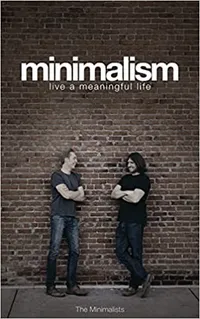The Minimalism Game is the ultimate 30-day decluttering challenge – here's how to do it
‘The 30-day Minimalism Game strengthens your decluttering muscles!’

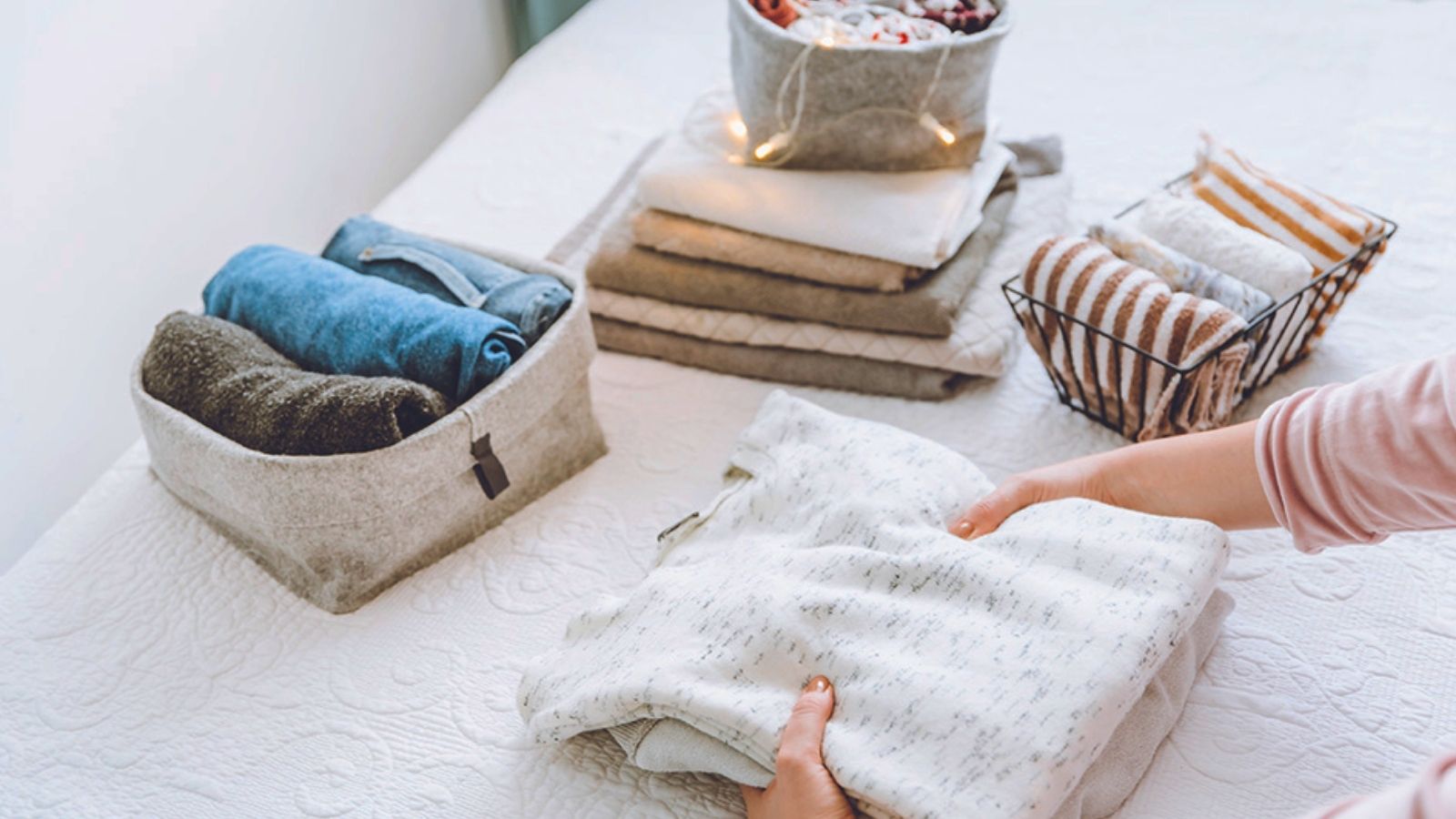
If you are serious about cutting back on clutter but are not quite sure how to start, this ‘snowballing’ 30-day Minimalism Game could be the very thing you need to get a start on clearing out your home.
The 30-day Minimalism Game, created by The Minimalists, is a great decluttering tip for spreading out your tasks between spring cleaning tasks while also shifting a significant amount of clutter.
The aim is to get rid of the same amount of things as the number of that day of the month. So clear out one thing on the first, 12 things on the 12th, 25 things on the 25th, and so on for 30 days – we said it was a challenge!
The 30-day decluttering challenge
The 30-day Minimalism Game is one of the most intensive decluttering challenges you can try, but with time and dedication, it can really pay off. You can read more about it on The Minimalists' website. Our Solved section editor Millie Hurst tried the game a few years ago and would recommend trying it if you are desperate for a fresh start in spring.
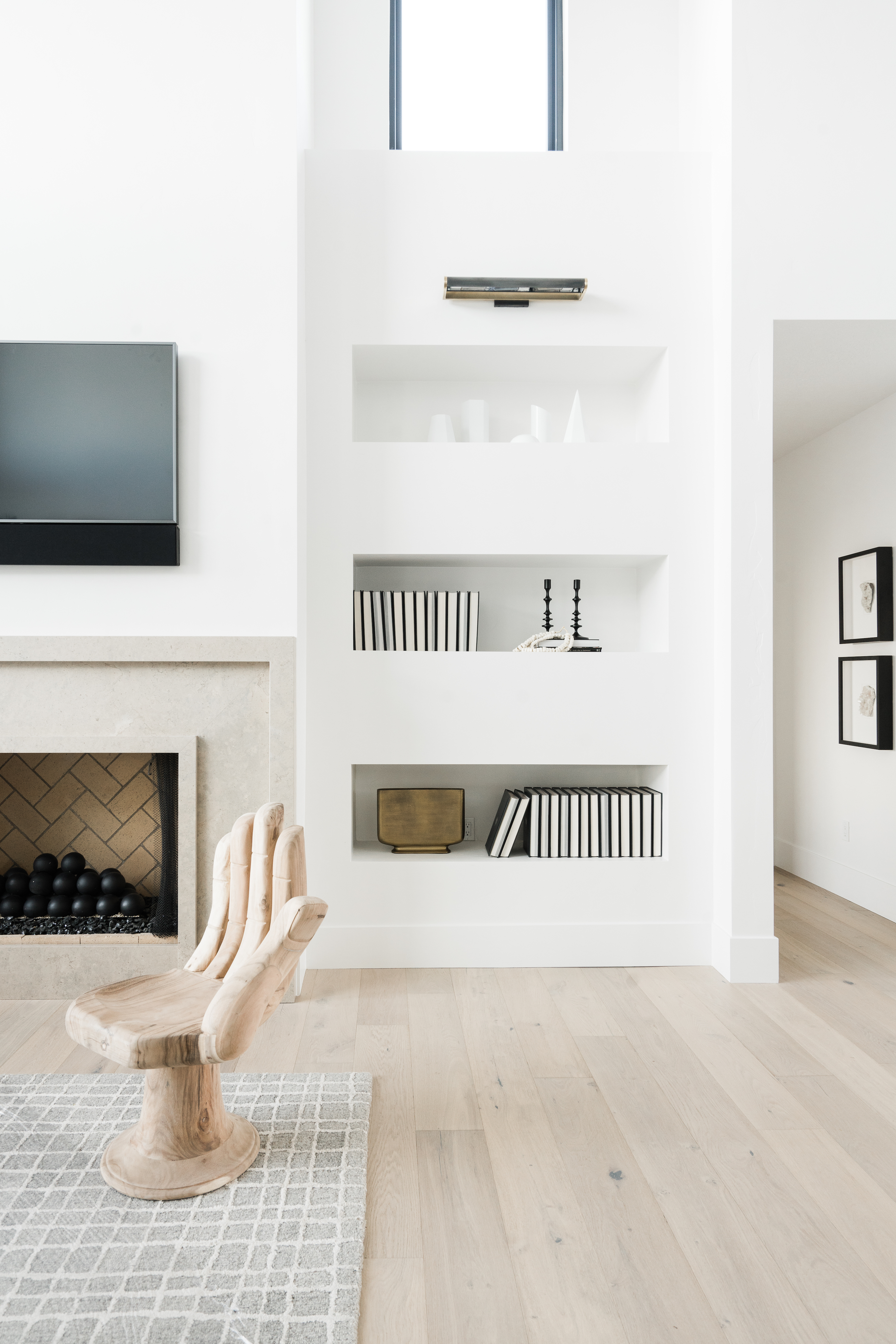
Minimalism: Live a Meaningful Life | $9.95 at Amazon
After a pair of life-changing events, Joshua Fields Millburn and Ryan Nicodemus discovered minimalism. In their book, the bestselling authors and international speakers share their message about living a meaningful life with less stuff.
‘I teamed up with my co-worker Annie and slowly cleared out a load of stuff from my apartment. In the end, I got rid of 351 items, from birthday cards and T-shirts to ornaments and underwear. There were also a lot of plant pots, and a lot of books – some of which I regret giving away a tiny bit but it was for the best given that I moved apartments soon after and would have had so much more stuff to lug around otherwise.
‘I made it to day 26 and Annie reached day 24. It gets really hard towards the end because you need to keep getting rid of more and more every day but I remember feeling really glad I'd done it and it made me value empty space more. Whether we rent or own, we spend a lot of money on our living spaces, and items we keep in them should earn their place. The 30-day Minimalism Game strengthens your decluttering muscles and it becomes easier to let go.’
Here, decluttering experts have shared their tips for the 30-day Minimalism Game so you can ace every decluttering day for the next month.
Design expertise in your inbox – from inspiring decorating ideas and beautiful celebrity homes to practical gardening advice and shopping round-ups.

Millie Hurst is Section Editor at Homes & Gardens, overseeing the Solved section, which provides readers with practical advice for their homes. Millie has written about and tried out countless cleaning and DIY hacks in the six years since she became a journalist, and has worked in both London and New York.
Minimalism Game top tips
These top expert tips will carry you through the month, and leave your home fully refreshed afterward too.
1. Start with the smaller spaces, and leave big tasks for last

One of the best places to start when decluttering is the smaller spaces. This is especially true for a challenge like the 30-day Minimalism Game, advises Sarah Correa, interior designer and home organizer at Artistica Interior Design Studio. Working in this way helps later in the month when you need to find more and more to get rid of.
‘Typically, I leave the closet as the final area to declutter since people tend to have stronger attachments to their clothing than other possessions – and own more of them,’ she says. ‘By beginning with simpler tasks, your mind becomes more enthusiastic about the process, which in turn facilitates decision-making when it comes to determining what to keep and what to discard.’

Sarah Correa has been drawn to design and organization from a young age. Having expressed an interest in art and architecture as a child, she developed her skills through the years to open her own design business, where she helps clients create stunning spaces with functionality in mind.
2. Make it a daily habit
Building decluttering habits is essential if you want to survive till day 30 of the Minimalism Game, suggests Felice Cohen, professional organizer and author of 90 Lessons for Living Large in 90 Square Feet, at Amazon. A common tripping point in the game is forgetting one day and spiraling into giving up altogether.
‘Maybe right after breakfast you grab a bag and fill it with five items (or however many you want),’ she suggests. ‘Doing it every day, first thing, will become a habit and see you through to the end.’

Felice Cohen has lived in many small spaces throughout her life, meaning that she has become accustomed to living with only the necessities and decluttering what doesn't fit. Now, she uses those skills to help others declutter and organize their homes.
3. Write items down to help visualize the task ahead
Getting rid of over 400 items in one month should not be attempted without some form of plan if you intend to see the whole challenge through. Making a decluttering checklist, or even a list of ideas of things to get rid of, will certainly help – especially as you get through the latter days of the month.
‘There is something powerful when we write down what we are getting rid of,‘ muses Dr. Tracia Wolanin, creativity coach and clinical psychologist. It helps to visualize what is possible, she explains, helping to prevent decluttering when overwhelmed and process decluttering sentimental items.
4. Look for things from everywhere in the home, not just one area
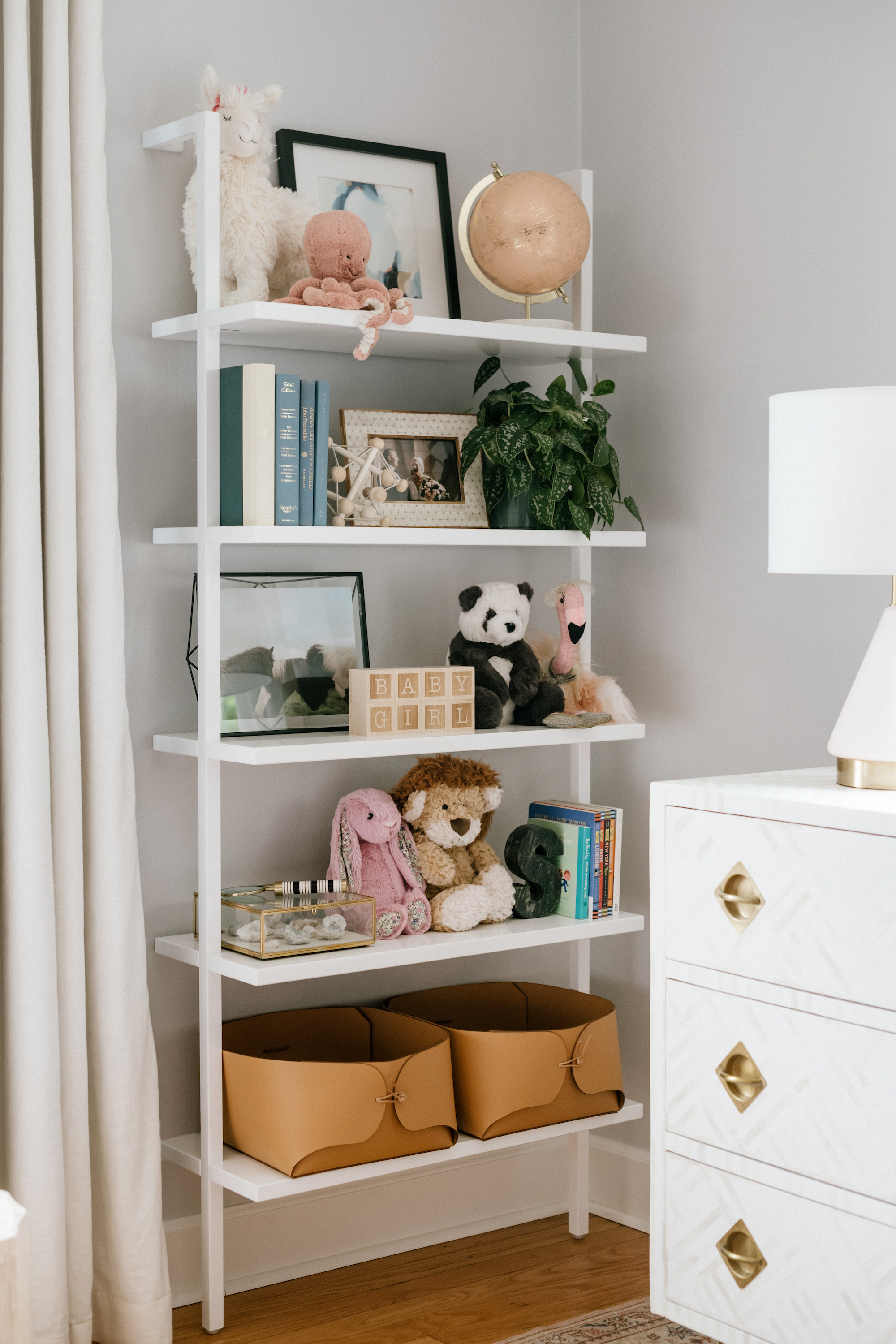
If you share your home then consider items outside of your own personal collections to help make up numbers. Don’t throw out a housemate's top or partner's books without asking, obviously, but get them on board with the challenge.
‘Clean out the dog toys, declutter toys or books from your children's room, your husband's shirts from college that never get worn, etc. It helps you have more things to clean out without feeling like your whole day gets taken over,’ explains Kristy Edwards, organizing expert and founder of Neatly Balanced.

Kristy Edwards wants to help clients find balance in every aspect of their life, starting in their homes. By decluttering, organizing, and tidying, she helps people achieve both fabulously functional and practically perfect spaces.
5. Start with the obvious items on display
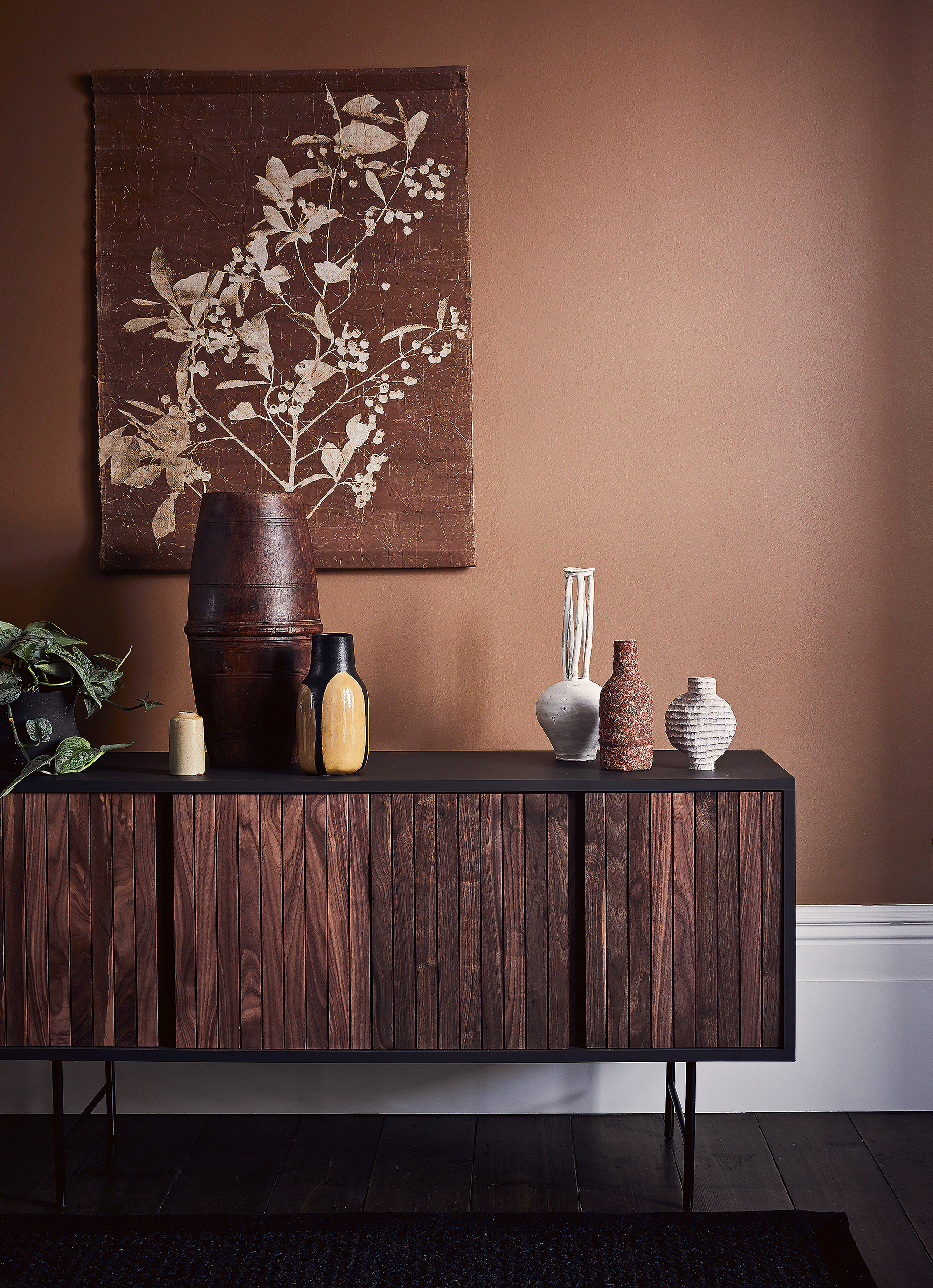
A great general cleaning tip, decluttering the items that are already on display and clogging up surfaces is a great place to start with a challenge such as this. Keeping the mental load low at the beginning will preserve your energy for the end of the month.
Ask yourself why the clutter on the dining table, kitchen counters, or sideboard is there, begins Felice Cohen, professional organizer. ‘Why aren't they put away? Is there no room for them? Do you not need them? Do you not want them?
‘Clearing visible space makes an immediate difference and shows progress which encourages motivation. Some specifics to toss: plastic containers from take-out food, boxes from Amazon, old paid bills, old cell phone cords,’
6. Find a strategy and stick to it
A common decluttering mistake is failing to have a set strategy for tackling your home, working either by rooms or by category of item can make it easier to find things to declutter and get into a flow, experts say.
Christina Hidek, professional organizer and decluttering coach at Streamlined Living suggests working by room is a good approach to avoid becoming overwhelmed by your whole house at once.
‘To make the most of it and to see results quickly, focus efforts in one space. Instead of spreading efforts throughout your entire home, pick one room, or if really cluttered, one section of the room, and spend time in that one room. The items you get rid of do not have to be all the same thing!’
Mary Ann, professional organizer and founder of Find Your Gold agrees that room by room is a great strategy, but that sorting by category can help to make up numbers. ‘Start with something basic like the junk drawer or the linen closet and then just keep going!’
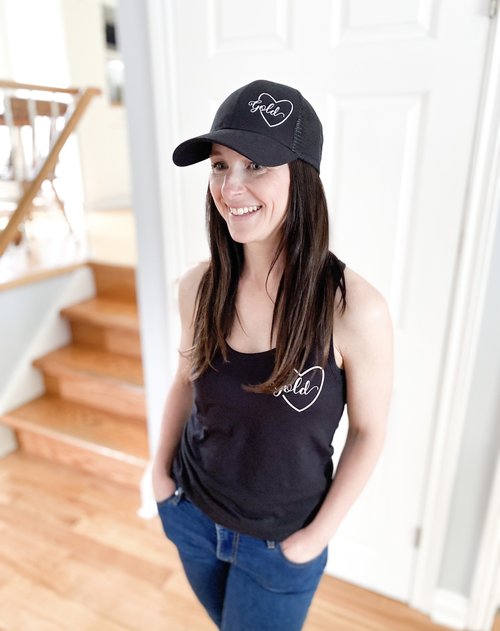
Mary Ann knows what it feels like to hit a wall in life and try to balance a home at the same time. She recreated harmony through decluttering and now helps others do the same and find peace.
7. Remove the largest items first, and the smallest items last
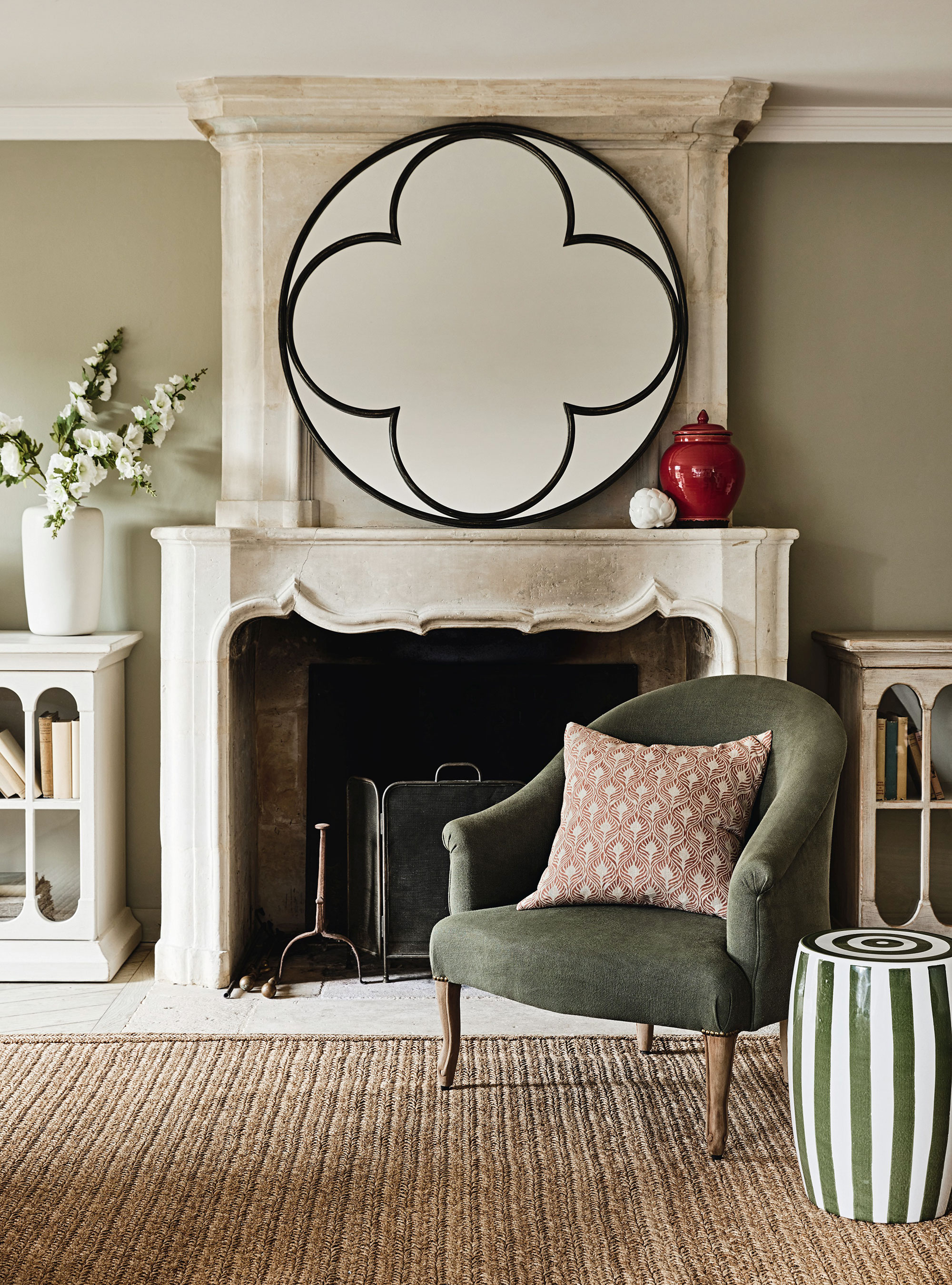
When thinking of getting rid of items in numbers, it makes sense to start with larger items in your first week or two as you likely have fewer of them, and save the smaller items till last, of which you have many that can easily make up 30 things, suggests Judy Granlee-Gates, professional declutterer and organizer.
‘Bigger items leaving first will give you the most bang for your buck!’ she claims ‘Continue with larger sized items the first week. You’ll see progress and feel great about the task.
‘Use the middle two weeks for mid-sized things, clothes, pots and pans, etc. This will keep you from being overwhelmed by trying to find 18 items on day 18.
‘As you get to the last third of the month or so, switch to the smallest things. Old lipsticks, silverware, etc., to make that last leg much easier mentally and physically and keep you from giving up!’

Judy Granlee-Gates is a professional 'problem-solver'. Her goal is to help overwhelmed home owners defeat their doom piles and create a beautiful, functional environment throughout their homes.
8. Get the whole family involved as the days go on

Two minds are better than one, so enlisting the help of others in your home can help prevent a shortage of ideas later on in the Minimalism Game. It can also help to bring the family together.
‘Everyone can work together or each day could be assigned to a specific family member,’ professional organizer Mary Ann says. ‘It is also a great way for kids to become responsible for their spaces and recognize the importance of clutter-free rooms for better efficiency and a calmer environment while making it a fun challenge. You could even introduce some rewards for thinking up the most ideas.’
9. Place items by the door to take away from the house on the final day
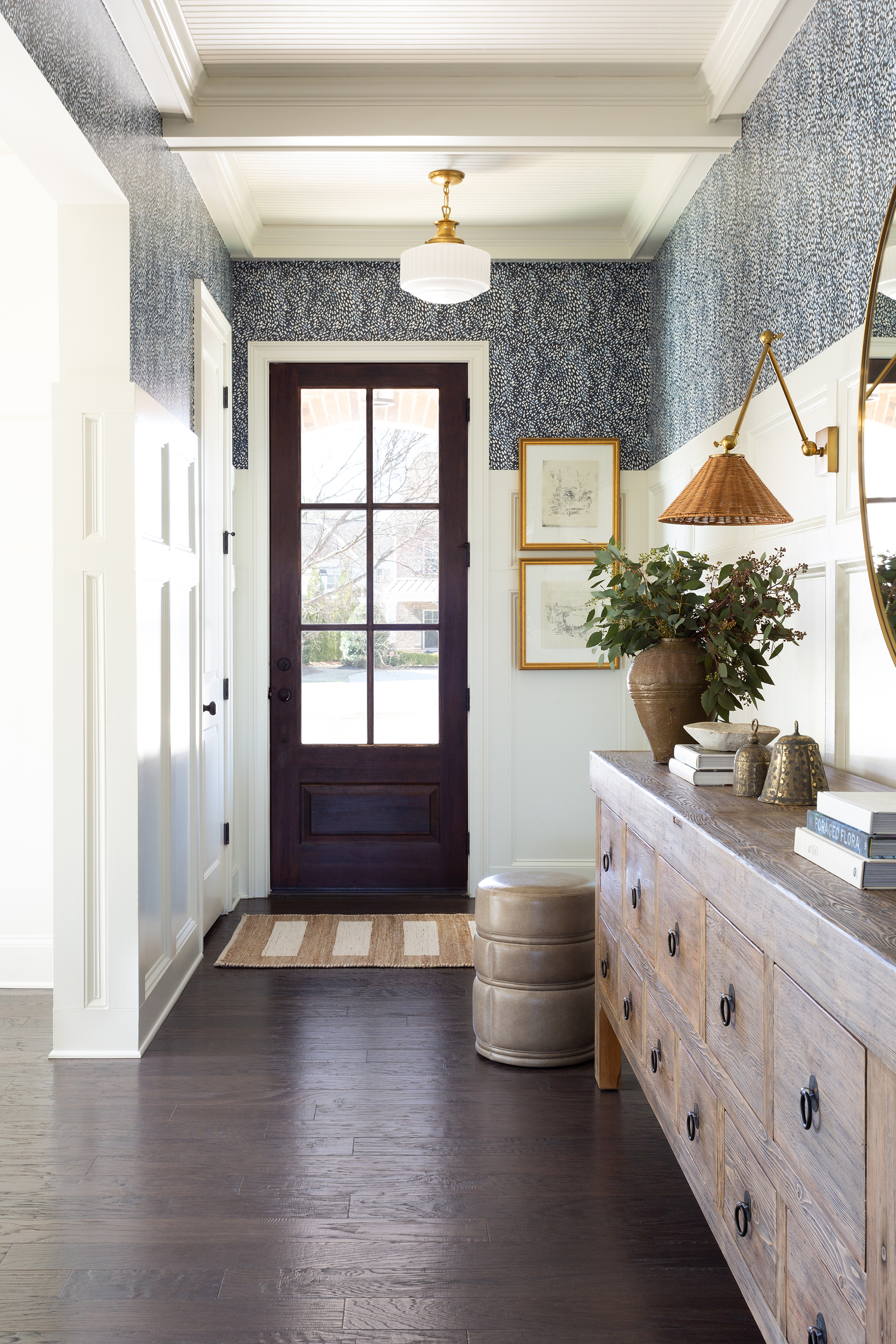
Not everything you declutter will be heading for the trash, meaning many things will begin to accumulate in another doom pile throughout the month. This is a fatal flaw of the Minimalism Game challenge, says Bonnie Borromeo Tomlinson, professional declutterer and author of Stop Buying Bins, available at Amazon.
‘A participant is not likely to go to a donation drop-off location every day to get rid of what they collect. And if that's the case, then those items are still in the home and even more likely to stay, just in a different location.’
To counter this, you may wish to plan a trip to a donation point once halfway through the month and then again at the end. In the meantime, keep things close to the front or back door, and keep them together neatly in bags or boxes, to make sure you are not tempted to stash them back away in your home or leave them in a pile somewhere. Packaging them straight away will make them easier to get rid of.
Alternatively, list anything you wish to sell on an online marketplace as soon as you select it for decluttering. There is no taking it back once it is listed.
10. Don’t pass by junk
Professional organizer Mary Ann is keen to remind us that not everything you declutter has to be a personal item or something you have previously invested in. Some of the easiest items to get rid of are junk and trash which can make those later days super simple and can help tackle clutter while avoiding ‘declutter regret’.
‘Most people think of decluttering in terms of selling or donating items. But one of the biggest categories we let go of is trash. Old paint cans, junk mail, and broken toys. Let it go!’
11. Declutter for a set time instead of a set number of items

There is no denying that decluttering can change your life, but getting rid of over 400 things in one month is hard work. As a result, you may wish to adjust the Minimalism Game to work a little better for you and your household.
One way to do this is to tweak the game so that you declutter for the same amount of minutes as it is the day of the month, suggests Christina Hidek, professional organizer. For example on day one spend one minute throwing something out, and on day 30, spend half an hour on a bigger task.
‘This would more quickly translate into an obvious transformation and is easier for people to fit into their schedule since they'll know exactly how long they'll spend playing,’ she says.
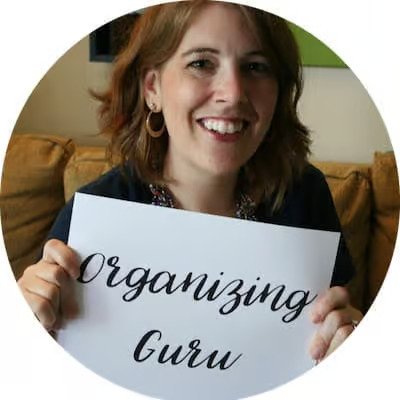
Christina Hidek is an organizing guru that has been working with clients in Cleveland for over 10 years, helping them to clear their homes of clutter and chaos.
12. Don’t be too hard on yourself
Getting rid of an onslaught of belongings is not the only way to declutter to downsize. If you find yourself getting overwhelmed later in the decluttering challenge, consider resorting to removing one thing every day to rebuild your momentum. Getting rid of one thing is better than getting rid of nothing at all. Don’t be too hard on yourself.
‘This makes the task easy and doable and what often happens, once we see how easy it was to get rid of one thing, we get rid of more on our own,’ says Felice Cohen, professional organizer. ‘Once we see progress, we get into, get motivated, and keep at it.’
FAQs
What is the five-second rule for decluttering?
The five-second decluttering rule dictates that if you cannot think of the last time you used an item in under five seconds, then you need to declutter it. This may not always work for more decorative items, but it is perfect for decluttering tasks such as cleaning out your closet or your kitchen cabinets.
What are the five types of minimalists?
There are supposedly five types of minimalist: the essential minimalist who desires to only live with the bare essentials; the aesthetic minimalist who follows minimalism for its calming looks; the eco minimalist who wishes to reduce consumption for the sake of the environment; the frugal minimalist who wishes to save money; and the mindful minimalist who uses minimalism as a form of mindfulness for the sake of wellbeing.
The 30-day Minimalism Game is far from easy but can be a great challenge for people who want to drastically cut back on their belongings over the course of one month. Will you be giving it a go?

Chiana has been at Homes & Gardens for two years and is our resident 'queen' of non-toxic living. She spends most of her time producing content for the Solved section of the website, helping readers get the most out of their homes through clever decluttering, cleaning, and tidying tips. She was named one of Fixr's top home improvement journalists in 2024.
